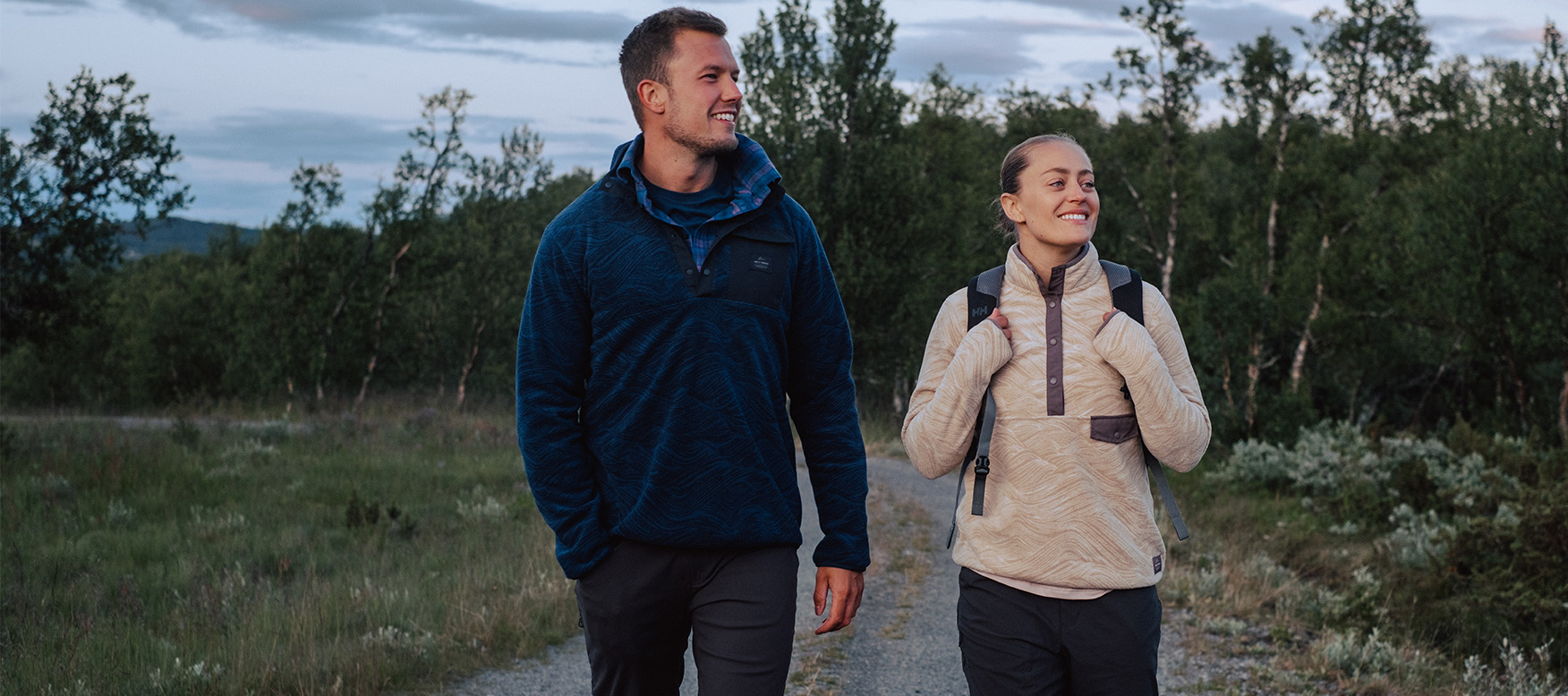
Our in-depth guide to choosing the ideal midlayer
September 04, 2023
Update: February 26, 2024
4 min read
The midlayer is the customization tool for outdoor apparel. For the warm-blooded, high intensity skier, a midlayer is a special add-on during freezing cold days. For the hiker that always runs cold, it’s the go-to piece for most days outside.
But with so many to choose from, how do you find the right one for you? How do you start to dress in layers? Learn about the different types of midlayers, the activities they're suited to, plus what each has to offer in our in-depth guide.
Explore Helly Hansen midlayers
The centerpiece of the 3-layer system
Layering your clothes in cold weather involves wearing multiple garments of varying thicknesses to keep you warm, regulate your body temperature, and protect you against harsh elements. The best bit? Its versatility: you can add and remove as you heat up or cool down. This is where the midlayer shines.
The 3-layer system consists of:
Base layer: to transport moisture away from your body and protect yourself from the sun if you shed your other layers. A base layer is the foundation for moisture management and temperature control.
Midlayer: to give added warmth that can be removed during high-intensity activities and added back when temperatures drop.
- Shell jacket: the outermost jacket to protect from rain, sleet, or even waves. Don’t let the elements get to you.
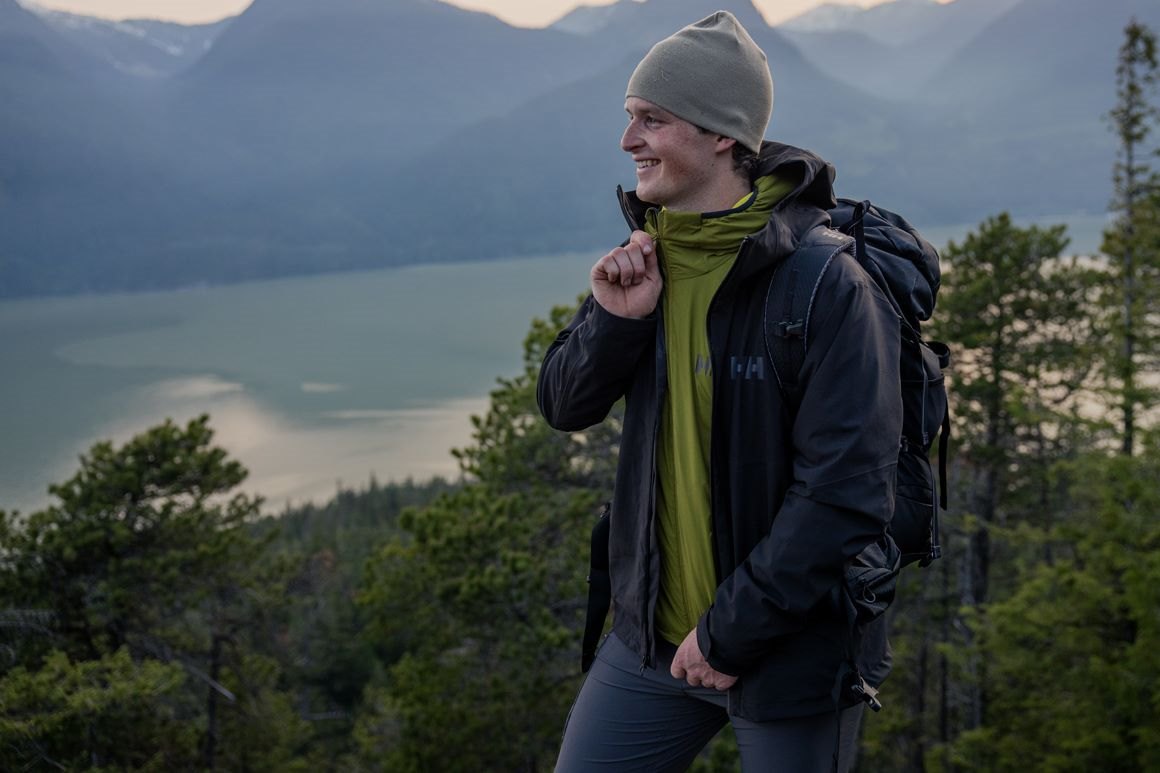
What are the different midlayers?
Fleece
Fleece is known for its softness. While it's not as technical as other midlayers, it can be convenient and cozy to wear. Fleece midlayers are easy to care for and available in a variety of colors and prints, making them a nice addition to your wardrobe. Fleece is often made from polyester and comes in a range of fabric weights that are designed to insulate. A fleece jacket is a solid choice for recreational activities, but not extreme expeditions.
Benefits of fleece:
Comfortable
Easy to care for
Moderately warm
Pile
Pile structure is open so it provides very good ventilation too; consequently it has proven to be a preferred material in high-energy activities in the cold (for instance, lumberjacks engaged in highly physical work at cold temperatures). But pile won’t provide much protection from the wind.
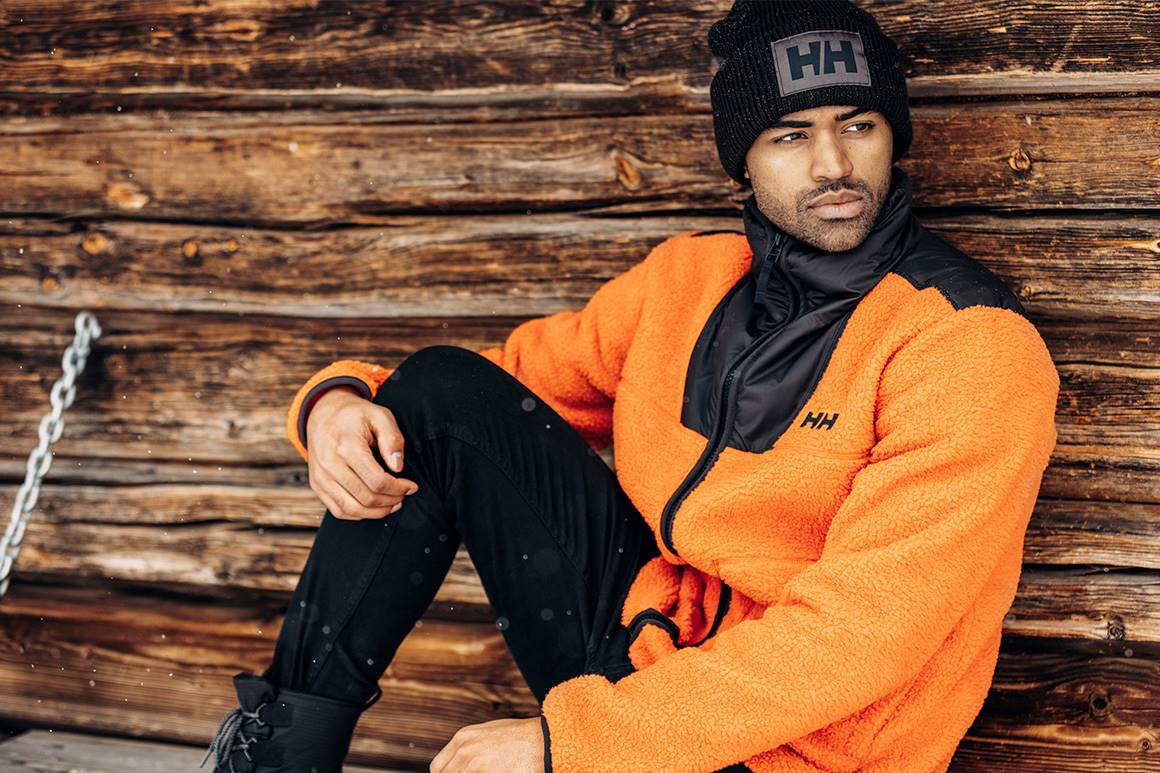
Insulated jackets
Our LIFALOFT™ jackets combine LIFA® fibers in partnership with PrimaLoft®. These jackets are designed for intensive activities, so we factored in weight, breathability, and a light touch of warmth. Whether you're spring skiing, hiking your favorite trail or sailing in breezy winds, these jackets are made to move with you. And even if you're not wearing them, they take up minimal space in a pack.
Benefits of LIFALOFT™:
Lightweight
Breathable
Quick-drying
Packable
Synthetic insulated jackets
Down is an exceptional insulation material due to its warmth-to-weight properties as well as its compressability without losing its shape. This makes it a very popular choice as a lightweight midlayer for frigid winter days.
Down insulated jackets
Down is an exceptional insulation material due to its warmth-to-weight properties as well as its compressability without losing its shape. This makes it a very popular choice as a lightweight midlayer for frigid winter days.
The lowdown on down:
Best in cold and dry conditions
Good warmth-to-weight ratio
Packable
Lightweight
Vests are often overlooked as midlayers, but they’re a great way to stay warm. When your core temperature drops, the body reduces blood flow to the extremities (in an attempt to protect your organs). So even though your arms aren’t covered, your core stays warm.
Key features to look for in a midlayer
- Breathability: a crucial feature in midlayers, allowing for efficient ventilation and moisture management during physical activities.
- Durability: built to withstand regular use and maintain its performance over time.
- Flexibility: offers more freedom of movement for unrestricted performance.
- Insulation: provides an additional layer of warmth to help regulate body temperature in colder conditions.
- Moisture-wicking fabrics: draw moisture away from the skin, keeping you dry and preventing the buildup of sweat.
- Quick-drying fabrics: facilitate fast drying to keep you comfortable and dry during intense activities or in wet conditions.
- Secure pockets: when you’re switching out jackets, it’s easy to forget about your keys or your phone. Zippered pockets keep your valuables in pla
- Slick face fabric: smoother to throw on and off, slick face fabric won’t get stuck on the lining of your shell jacket.
- Style: available in various designs and styles to suit personal preferences and outdoor activities
- Thermal regulation: helps maintain a comfortable body temperature by retaining warmth while allowing excess heat to escape.
- Versatility: can be worn as a standalone outer layer in milder conditions or as part of a layering system for added warmth in colder weather.
- Water/wind resistance: a water-resistant midlayer is versatile enough to wear as an outer piece for light drizzles or windy days.
- Weight: lightweight midlayers make it easier to layer so you can stay comfortable during active pursuits.
Some guidelines on our midlayer weights
- Long-sleeve Merino wool base layer top: approx. 300-380g
- Fleece hoodie: approx. 240-270g
- Vest: approx. 310-500g
- Shell jacket: approx. 450-800g
Whichever midlayer you choose, remember that they are made for taking on and off depending on the elements, the temperature, and how hot or cold your activity makes you feel. That means they’re ideal for when you break a sweat heading towards a peak, but are easy to throw back on again once you feel the chill and start heading downhill.
care for your midlayer
EXPLORE MIDLAYERS
FREQUENTLY ASKED QUESTIONS
A hood has its pros and cons. It's not to everyone's taste! But one advantage is the added protection and warmth they offer to the head and neck in cold and windy conditions. A hood can also provide extra insulation when layered under an outer shell. Keep in mind that a hooded midlayer may limit flexibility and restrict peripheral vision, while also creating bulk, making layering more challenging. You may also prefer to opt for separate headgear such as a beanie or balaclava. Ultimately, the decision to choose a midlayer with a hood depends on preference, your intended activity, and the weather conditions.
A midlayer is your second layer, designed to keep you warm. Your first layer should be a base layer - a next-to-skin layer that can help you stay dry and regulate your temperature during your favorite activities. Check out our in-depth guide about base layers and then learn how to choose your base layer like a pro.

June 04, 2025 7 min read
Hiking with kids
Tips and stories to inspire family hikes! Learn from experts Kaylin Richardson and Joel Bettner on hiking with kids.

May 27, 2025 4 min read
Hiking for beginners
New to hiking? Learn step-by-step how to enjoy the outdoors confidently with these beginner-friendly advice.
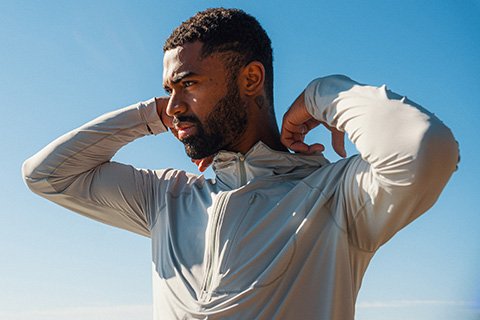
March 05, 2025 4 min read
Everything You Need To Know About UPF Clothing
Learn all about UPF clothing, how it works, and why it’s essential for sun protection. Discover care tips and answers to FAQs like "Does UPF wash out?"
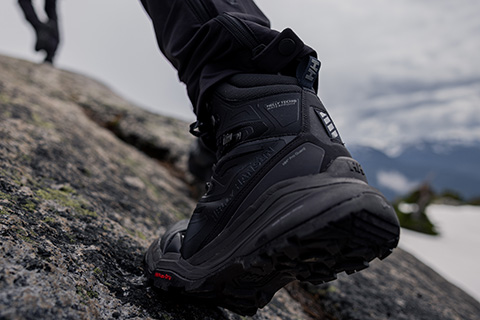
January 09, 2025 4 min read
How to break in hiking boots: a complete guide
Avoid blisters and discomfort! Learn how to break in hiking boots with these steps, how long it takes, and how to know when your boots are ready.